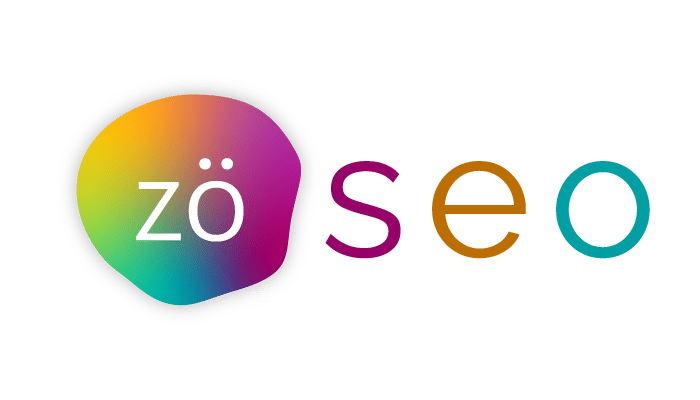Welcome to SEO 101 for Beginners!
In this SEO 101 guide, we’ll share some of the most vital SEO fundamentals and concepts . Whether it’s for blogs, ads, websites or landing pages, we’ll show you how content can be made to perform well in search engines, which then drives leads and sales. If you want to know how to learn SEO basics, you’re in luck because we are about to get into it right here.
What is SEO and why do you need it for your website?
Search Engine Optimization, or SEO as it’s commonly called, is the process of optimizing a website so that it performs well in search engine results pages. In other words, it’s a way to make sure your site appears near the top of the list when someone searches for a relevant term.
There are a number of factors that go into SEO, including things like the content on your site, the structure of your website, and even the way other websites link to yours. And while it may seem like a lot of work – it is – and that is why there are companies like zö Web SEO who specialize in just this one area, so you don’t have to.
But why is SEO so important? Well, for one thing, it can help you attract more visitors to your site. And since more visitors usually means more customers or clients, that’s a pretty big deal. Additionally, SEO can also help to improve your site’s ranking in search results, which can lead to even more traffic over time.
So if you’re looking to get your website seen by more people, then you’ll want to learn SEO basics and make sure you’re doing everything you can to optimize your site for search engines. Otherwise, you might be missing out on a whole lot of potential business.
Here are Some Basic SEO Principles:
Conducting keyword research
This process involves identifying the terms and phrases that potential customers are using when they perform a search. You’ll also want to look into what your competition is up to and what words they are targeting. Examine their content and find new opportunities for your site. Once you’ve compiled a list of keywords, you can then begin optimizing your site for these terms. This can be done through a variety of means, such as adding keywords to headings, titles and tags, creating keyword-rich content and building links with relevant anchor text. By investing in keyword research, you can ensure that your site is visible for the right searches and that can lead to more traffic and more conversions. So don’t underestimate the power of researching keywords!
Creating valuable content
Creating content that is valuable to your readers is one of the most important things you can do to improve your website’s SEO. This is because search engines like Google use complex algorithms to determine which websites should appear at the top of their search results, and one thing that all those algorithms have in common is that they give preference to sites with high-quality content. It is, however, important to strike a balance between writing for search engines and writing for humans. If your articles are packed with keywords but offer little value to readers, they’re likely to click away from your site quickly. On the other hand, if your articles are interesting and informative but don’t contain any keywords, they may not be found by searchers looking for specific information. The key is to find a happy medium between the two extremes and produce content that is both useful and keyword-rich.
Adding title tags and meta descriptions
Title tags and meta descriptions may seem like small things, but they can have a big impact on your website’s traffic. But, ”what,” you wonder, “ARE title tags and meta descriptions?”
A title tag is the HTML code that tells a web browser what the page is about. It appears in the tab at the top of the browser, and it’s also what shows up when someone does a search on Google. A good title tag should be descriptive and keyword-rich so that both search engines and users know what to expect from your page.
A meta description is a brief summary of a webpage that appears beneath the title tag in search results. Like the title tag, it’s important to make sure that your meta descriptions are both descriptive and keyword-rich. Meta descriptions don’t directly impact your search engine ranking, but they can influence whether or not people click through to your website.
Using backlinks and internal Links
Any good SEO strategy includes backlinks and internal links. Backlinks are links from other websites that point to your website, and they’re one of the key ranking factors for Google. Internal links are links from your own website that point to other pages on your site. They help visitors navigate your website and help search engines crawl your site more efficiently. Both types of links are important for SEO: backlinks help improve your visibility and internal links help improve your website’s navigation and usability. When used correctly, backlinks and internal links can be powerful tools for improving your website’s SEO.
And that concludes our SEO 101 for beginners…
While SEO can be a little confusing to understand, it’s really not that complicated. But if you set out to learn SEO basics and found this very SEO 101 guide, we are so glad you did. We used a lot of the same strategies we just touched on in writing it. And so now that you know a few basic SEO principles, you’ll likely want to start using these SEO fundamentals and concepts in your own content, right? Why not contact zö Web SEO and let us do it all for you? We offer a variety of services including search engine optimization, pay-per-click advertising and social media marketing. Let us show you how we can help improve your website traffic and sales!


